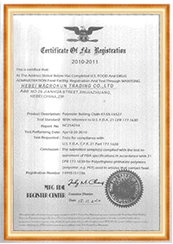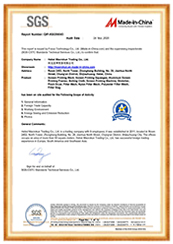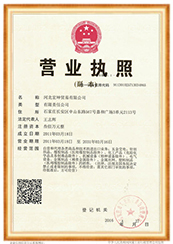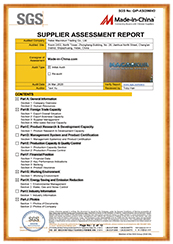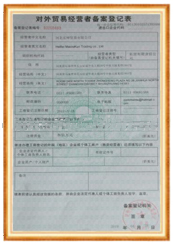Micron mesh filter cloth is a critical component in many industries that require fine particle filtration. This specialized material is designed to capture particles as small as a few microns in size, making it an essential tool for ensuring the purity and quality of various products. In this article, we will explore the science behind micron mesh filter cloth and discuss the benefits of using this technology for fine particle filtration.
Micron mesh filter cloth is made from a variety of materials, including stainless steel, polyester, and nylon. These materials are woven together to create a tight mesh that traps particles as they pass through the filter. The size of the mesh openings is measured in microns, with smaller numbers indicating smaller openings and greater filtration efficiency. For example, a filter with a mesh size of 10 microns will capture particles that are 10 microns or larger in size.
One of the key benefits of using micron mesh filter cloth is its ability to remove contaminants from liquids and gases with precision. By selecting a filter with the appropriate mesh size, manufacturers can tailor their filtration process to remove specific particles while allowing desired components to pass through. This level of control is essential in industries such as pharmaceuticals, food and beverage, and electronics, where product purity is paramount.
In addition to its precision filtration capabilities, micron mesh filter cloth offers several other advantages. For example, this material is highly durable and resistant to corrosion, making it suitable for use in harsh environments. Its long lifespan and low maintenance requirements make it a cost-effective solution for businesses looking to improve their filtration processes.
| Model | Mesh Count (/cm) |
Mesh Count (/inch) |
Thread Dia (um) |
Mesh Opening (um) |
Thickness (um) |
Weight (g/m2) |
| NL4/1950 | 4 | 10 | 550 | 1950 | 1100 | 307 |
| NL5/1500 | 5 | 13 | 500 | 1500 | 1000 | 318 |
| NL6/1267 | 6 | 15 | 400 | 1267 | 800 | 244 |
| NL7/1079 | 7 | 18 | 350 | 1079 | 700 | 218 |
| NL8/900 | 8 | 20 | 350 | 900 | 700 | 249 |
| NL9/861 | 9 | 23 | 250 | 861 | 500 | 143 |
| NL9/811 | 9 | 23 | 300 | 811 | 600 | 206 |
| NL10/750 | 10 | 25 | 250 | 750 | 500 | 159 |
| NL10/700 | 10 | 25 | 300 | 700 | 600 | 229 |
| NL12/583 | 12 | 30 | 250 | 583 | 500 | 191 |
| NL12/533 | 12 | 30 | 300 | 533 | 600 | 274 |
| NL14/514 | 14 | 36 | 200 | 514 | 340 | 142 |
| NL16/425 | 16 | 40 | 200 | 425 | 340 | 160 |
| NL20/350 | 20 | 50 | 150 | 350 | 255 | 113 |
| NL20/300 | 20 | 50 | 200 | 300 | 340 | 200 |
| NL24/267 | 24 | 60 | 150 | 267 | 255 | 135 |
| NL28/237 | 28 | 70 | 120 | 237 | 204 | 101 |
| NL30/213 | 30 | 76 | 120 | 213 | 204 | 110 |
| NL32/213 | 32 | 80 | 100 | 213 | 170 | 80 |
| NL36/178 | 36 | 90 | 100 | 178 | 170 | 90 |
| NL40/150 | 40 | 100 | 100 | 150 | 170 | 100 |
| NL43/153 | 43 | 110 | 80 | 153 | 136 | 70 |
| NL48/128 | 48 | 120 | 80 | 128 | 136 | 77 |
| NL56/119 | 56 | 140 | 60 | 119 | 102 | 50 |
| NL64/96 | 64 | 160 | 60 | 96 | 102 | 58 |
| NL72/89 | 72 | 180 | 50 | 89 | 85 | 45 |
| NL80/75 | 80 | 200 | 50 | 75 | 85 | 50 |
| NL100/57 | 100 | 250 | 43 | 57 | 73 | 46 |
| NL110/48 | 110 | 280 | 43 | 48 | 73 | 52 |
| NL120/48 | 120 | 300 | 35 | 48 | 60 | 37 |
| NL120/40 | 120 | 300 | 43 | 40 | 73 | 55 |
| NL130/42 | 130 | 330 | 35 | 42 | 60 | 40 |
| NL130/34 | 130 | 330 | 43 | 34 | 73 | 61 |
| NL140/36 | 140 | 350 | 35 | 36 | 60 | 43 |
| NL157/25 | 157 | 400 | 43 | 25 | 73 | 74 |
| NL180/20 | 180 | 450 | 39 | 20 | 66 | 68 |
| NL200/15 | 200 | 500 | 39 | 15 | 66 | 76 |
| NL220/10 | 220 | 550 | 39 | 10 | 66 | 84 |
| NL240/5 | 240 | 600 | 39 | 5 | 66 | 91 |
Another benefit of using micron mesh filter cloth is its versatility. This material can be customized to meet the unique needs of different industries, with options available for high-temperature applications, chemical resistance, and more. By working with a trusted supplier, businesses can access a wide range of filter cloth options to optimize their filtration systems.
Furthermore, micron mesh filter cloth is easy to install and replace, minimizing downtime and ensuring continuous operation. This ease of use makes it a popular choice for businesses that rely on efficient filtration to maintain product quality and meet regulatory standards. By investing in high-quality filter cloth, companies can streamline their processes and improve overall efficiency.
In conclusion, micron mesh filter cloth is a valuable tool for fine particle filtration in a variety of industries. Its precision, durability, versatility, and ease of use make it an ideal choice for businesses looking to improve their filtration processes. By understanding the science behind this technology and the benefits it offers, companies can make informed decisions about incorporating micron mesh filter cloth into their operations. With the right filter cloth in place, businesses can achieve higher levels of purity, efficiency, and quality in their products.
Micron mesh filter cloth is a critical component in many filtration systems, particularly those designed to trap fine particles. The science behind how this type of filter cloth works is fascinating and complex, involving a combination of physical and chemical processes that ultimately result in the removal of unwanted particles from a fluid stream.
At its core, micron mesh filter cloth is designed to act as a barrier that allows only particles smaller than a certain size to pass through. This size is typically measured in microns, with one micron equal to one-millionth of a meter. By selecting a filter cloth with a specific micron rating, manufacturers can tailor their filtration systems to target particles of a particular size.
The key to the effectiveness of micron mesh filter cloth lies in its structure. The cloth is made up of a network of tiny fibers that are woven or knit together to form a tight mesh. This mesh acts as a physical barrier that traps particles as they pass through, preventing them from continuing downstream.
In addition to its physical barrier properties, micron mesh filter cloth can also utilize electrostatic forces to attract and capture particles. This is particularly useful for trapping particles that are smaller than the gaps in the mesh, as the electrostatic forces can pull these particles towards the fibers and hold them in place.
Another important aspect of how micron mesh filter cloth works is its ability to capture particles through adsorption. Adsorption is a process by which particles adhere to the surface of the filter cloth, rather than passing through it. This can be particularly effective for trapping particles that are too small to be physically trapped by the mesh.
Overall, the combination of physical barriers, electrostatic forces, and adsorption make micron mesh filter cloth an incredibly effective tool for fine particle filtration. By carefully selecting the right micron rating and optimizing the structure of the filter cloth, manufacturers can create filtration systems that are capable of removing even the smallest and most stubborn particles from a fluid stream.
In conclusion, the science behind how micron mesh filter cloth works to trap fine particles is a fascinating and complex topic. By understanding the physical and chemical processes involved, manufacturers can design filtration systems that are highly effective at removing unwanted particles from a fluid stream. Whether through physical barriers, electrostatic forces, or adsorption, micron mesh filter cloth plays a crucial role in ensuring the purity and quality of a wide range of products and processes.
Micron mesh filter cloth is a popular choice for fine particle filtration in various industries due to its efficiency and effectiveness. When compared to other filtration methods, such as paper filters or sand filters, micron mesh filter cloth stands out for its ability to capture even the smallest particles, ensuring a high level of filtration.
One of the key advantages of micron mesh filter cloth is its ability to provide a high level of filtration without sacrificing flow rate. This is achieved through the use of a dense mesh structure that allows for the passage of liquid while trapping particles of a specific size. In contrast, paper filters can clog easily, reducing flow rate and requiring frequent replacement. Sand filters, on the other hand, may not be able to capture particles as small as micron mesh filter cloth, leading to less effective filtration.
Another advantage of micron mesh filter cloth is its durability and longevity. Unlike paper filters that can tear or disintegrate over time, micron mesh filter cloth is made from durable materials that can withstand repeated use and cleaning. This makes it a cost-effective option for industries that require continuous filtration of fine particles.
In addition, micron mesh filter cloth is highly customizable, allowing for the selection of specific mesh sizes to target particles of a certain size range. This level of precision is crucial in industries where the removal of specific contaminants is essential for product quality and safety. Paper filters and sand filters may not offer the same level of customization, making them less effective in certain applications.
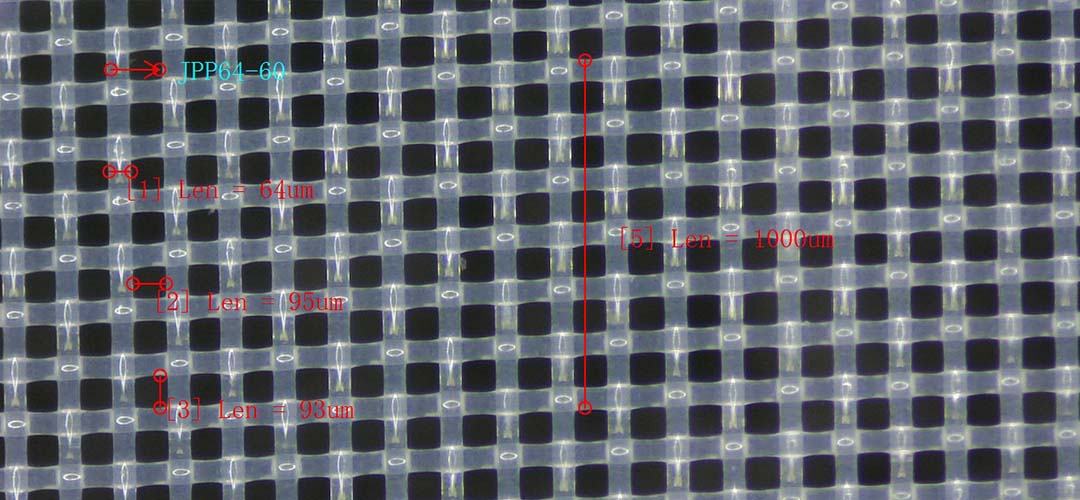
Furthermore, micron mesh filter cloth is easy to clean and maintain, reducing downtime and maintenance costs. Paper filters often need to be replaced frequently, leading to increased costs and waste. Sand filters may require backwashing or replacement of sand media, which can be time-consuming and labor-intensive. Micron mesh filter cloth, on the other hand, can be cleaned by simply rinsing with water or using a mild detergent, making it a convenient and efficient option for filtration.
Overall, the science behind micron mesh filter cloth for fine particle filtration is based on its dense mesh structure, durability, customization, and ease of maintenance. When compared to other filtration methods, such as paper filters or sand filters, micron mesh filter cloth offers superior performance and efficiency. Industries that require high-quality filtration of fine particles can benefit greatly from the use of micron mesh filter cloth, ensuring a clean and safe working environment.
When it comes to fine particle filtration, choosing the right micron mesh filter cloth is crucial. The science behind micron mesh filter cloth lies in its ability to effectively capture and retain particles of a specific size. Understanding the factors to consider when selecting micron mesh filter cloth can help ensure optimal filtration performance.
One of the key factors to consider when choosing micron mesh filter cloth is the pore size. Pore size refers to the size of the openings in the mesh, which determines the size of particles that can pass through. The smaller the pore size, the finer the filtration. It is important to select a micron mesh filter cloth with a pore size that is appropriate for the size of particles you are trying to capture.
Another important factor to consider is the material of the filter cloth. Different materials offer different levels of durability, chemical resistance, and compatibility with specific applications. Common materials used for micron mesh filter cloth include stainless steel, nylon, and polyester. Stainless steel is known for its strength and resistance to corrosion, making it ideal for high-temperature and corrosive environments. Nylon is a cost-effective option that offers good chemical resistance and flexibility. Polyester is a versatile material that is suitable for a wide range of applications.
The weave pattern of the filter cloth also plays a role in its filtration efficiency. Common weave patterns include plain weave, twill weave, and Dutch weave. Plain weave is the simplest and most common weave pattern, offering good strength and filtration efficiency. Twill weave provides a tighter weave and increased strength, making it suitable for applications that require higher filtration efficiency. Dutch weave is a specialized weave pattern that offers superior filtration performance for fine particles.
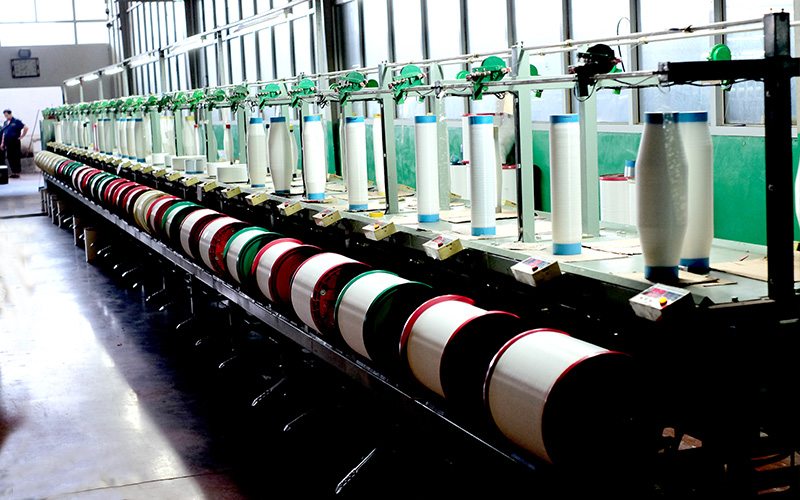
In addition to pore size, material, and weave pattern, it is important to consider the micron rating of the filter cloth. The micron rating indicates the size of particles that the filter cloth can capture with a high level of efficiency. A lower micron rating corresponds to a finer filtration, while a higher micron rating allows larger particles to pass through. It is important to select a micron mesh filter cloth with a rating that is appropriate for the specific requirements of your application.
When choosing micron mesh filter cloth for fine particle filtration, it is also important to consider the flow rate and pressure drop. The flow rate refers to the volume of fluid that can pass through the filter cloth per unit of time. A higher flow rate is desirable for applications that require fast filtration. Pressure drop refers to the decrease in pressure across the filter cloth, which can impact the efficiency of filtration. It is important to select a filter cloth that offers a balance between flow rate and pressure drop to ensure optimal performance.
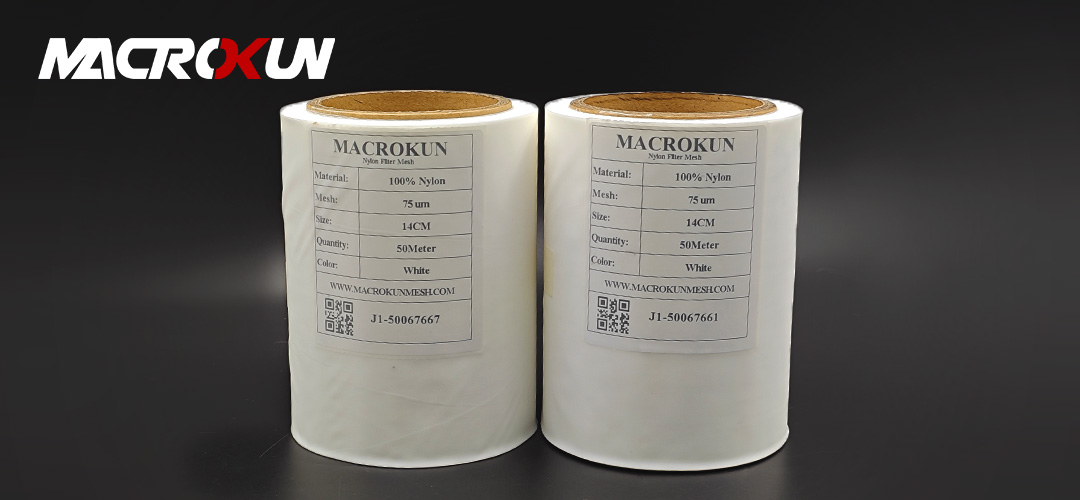
In conclusion, the science behind micron mesh filter cloth for fine particle filtration lies in its ability to capture and retain particles of a specific size. By considering factors such as pore size, material, weave pattern, micron rating, flow rate, and pressure drop, you can select a filter cloth that meets the requirements of your application. Choosing the right micron mesh filter cloth is essential for achieving efficient and effective filtration of fine particles.
Pre: How Nylon Mesh for Filter Sheets Improves Liquid and Air Filtration
Next: Choosing the Best Nylon Mesh for Screening: A Buyer’s Guide

MACROKUN has established long-term and stable cooperative relations with many transportation companies such as China Post, DHL, FEDEX, USPS, UPS, etc. Of course, MACROKUN can also provide air and sea transportation. The powerful logistics system enables all MACROKUN'S Printing Mesh, Filter Mesh and Filter Bags and so on to be easily and efficiently transported to any place. For quotes and inquiries, please email our sales team.
